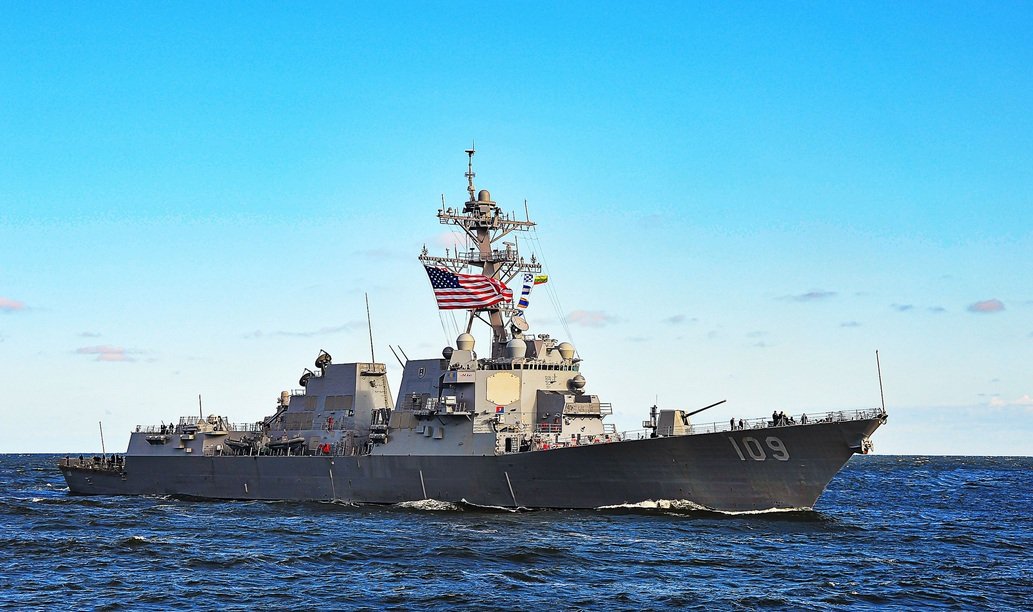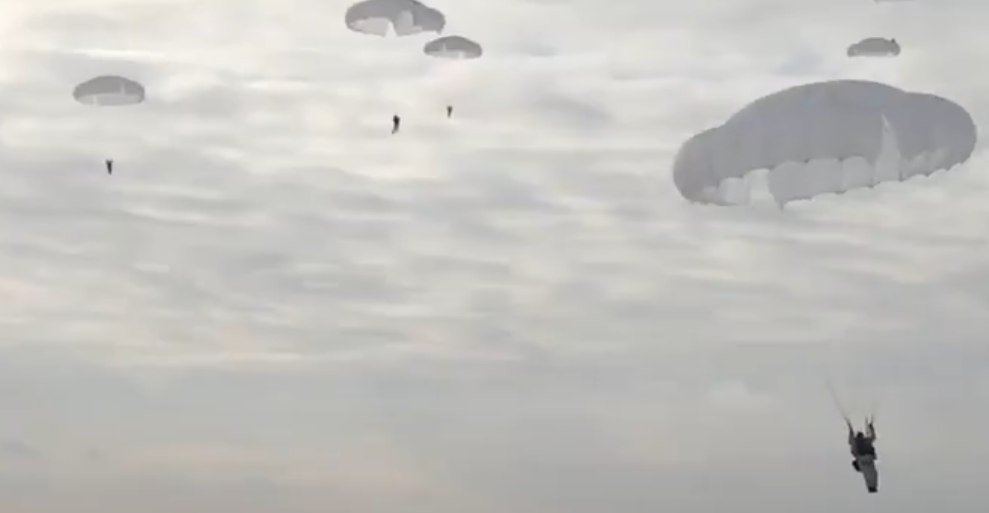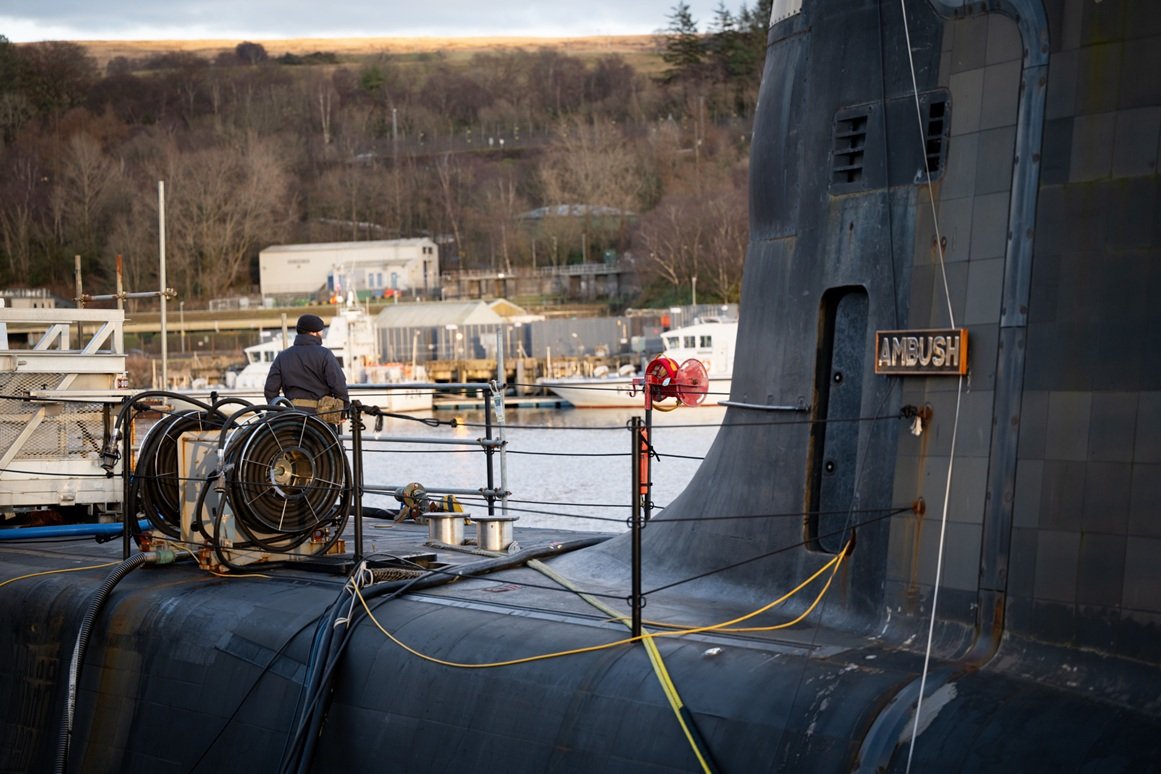
Russian engineer robot operates with laser, MT-10 apparently became Stalker, Nakpuma ignited
London, June 28, 2025 – The Russian state conglomerate Rostec has introduced an engineer robot that, instead of standard methods of handling dangerous objects, uses a laser to neutralize them from a safe distance. The deployment of the heavy Stalker demining robot in the zone of a special military operation has also been confirmed. It can be assumed that this is the materialization of indications about such an engineer vehicle, which was mentioned in a previous article on this topic.
1. Engineer robot with a laser
The Švabe holding, which is part of the Rostec state conglomerate, presented a robotic laser demining complex at the international forum “Engineers of the Future”. The robot on a tracked platform is capable of remotely neutralizing explosive objects with a compact laser. The powerful laser allows you to neutralize unexploded ammunition, mines and improvised explosive devices, including those equipped with contactless detonators. Neutralization occurs by burning through the shell and melting the explosive without detonating it. The robot can neutralize objects at a distance of tens to hundreds of meters. It is powered by a battery and controlled remotely via radio or optical fiber. The operating range is several kilometers (the length of optical fibers used today on the Ukrainian battlefield already exceeds 50 km for use on flying drones), which ensures complete safety for the operator.
The complex is equipped with a powerful fiber laser with a unique laser beam quality, a thermal imager and a high-resolution aiming camera. The electric motor allows you to reach speeds of up to 25 km/h. The complex has optimal weight and dimensions and is ready for mass production.
The robot does not yet have a name:
In combat service, a robot working on new physical principles could replace traditional technologies used so far. In the Russian army, these were small robots with a mechanical arm, the Kobra 1600, which were created a long time ago, certainly more than ten years ago, and later deployed in operations on the Ukrainian battlefield. Such technology also saves the lives of sappers/pyrotechnicians.
Report on the use of the Kobra-1600 robot:
As mentioned in the previous video, minefields or individual mines are sometimes secured against demining or manipulation. Soviet booby trap mines (Мина Ловушка-7, in English this type of ammunition is generally known as a booby trap – mine) ML-7 can be used, which weigh only 100 grams and contain 40 grams of explosives. They cannot be safely neutralized if they are detected in advance. They are most often used to cover anti-personnel mines, or they are placed under seemingly harmless objects weighing no less than 300 grams, which are intended to attract attention.
After the appearance of drones, the possibilities of remote radio detonation of mines and explosive traps also increased.
Therefore, the work of robots such as the Kobra 1600 was covered, if possible, by portable jammers such as the RP-377UVM1L “Lesoček”. This model was developed before the special military operation, but began to be deployed en masse only during it. It was observed, for example, on BMD-4 infantry fighting vehicles, at a stage when it was supposed to provide a certain level of protection against FPV drones. Therefore, it began to be installed on the equipment with antennas in a horizontal position and supplemented with other REB (radioelectronic warfare) complexes that gradually arrived.
Later, Ukrainian troops captured one of the specimens and a short video was made, in which members of the trophy and research team are probably working with it.
A robot equipped with a laser does not have to worry about being fired from a distance and is also less at risk of various traps.
It should be added to this passage that the research team of the University of Mississippi, USA, led by Viacheslav Aranchuk, was also interested in the use of lasers in mine clearance. The research did not involve the physical destruction of mines with a laser, but their detection using a combination of laser and acoustic methods LAMBDIS (Laser Multi-Beam Differential Interferometric Sensor). It is a promising patented method of detecting mines at a distance of up to 20 meters and allegedly on a rectangular area measuring 34×23 meters. Sound or seismic signals are transmitted into the soil and lasers measure the response on the surface. The advantage is to avoid false alarms when searching for mines caused by metal objects other than mines.
However, the main benefit is to be the ability to detect non-metallic mines made of plastic, which will be expanded due to their tactical advantages and the possibility of using 3D printing in their production.
Foreign report on LAMBDIS:
2. The new Russian heavy engineer robot Stalker has been deployed in combat
A previous article on Russian engineer robots from 24.1.2024 states that the DST-Ural plant in Chelyabinsk, in addition to the MT-1 and MT-2 mine-clearing robots, is also planning a heavier type on the platform of one of the bulldozers that this tractor plant produces.
Already on 9.4.2024, after the capture of Avdeyevka, footage appeared of Russian engineers testing a robot called Stalker in real combat conditions.
It was later confirmed that it is a product of the Chelyabinsk tractor plant DST-Ural. It weighs 27 tons and has a 540 horsepower engine and a hydrostatic transmission. Its maximum speed when moving along its own axis is 10 km/h, the speed when demining is 1-5 km/h. It clears the terrain to a depth of 30 cm from all types of mines. The image from its four cameras can be transmitted to the operator’s desk, with intense interference the control range is 1 km and without interference 3 km.
The work of the Stalker engineer robot was recorded in the Kursk region. It is obvious that it was adopted for service:
The question remains, what about the Uran-10 robot, which was supposed to be a heavier, about 20-ton version of the Uran-6 robot also mentioned in the previous article. Its purpose was to work with heavier anti-tank mines weighing 10 kg and more. The development was supposed to be completed in 2017, but its deployment in the special military operation zone has not been recorded. In any case, the Russian troops include the Uran-10 in their nomenclature of their weapons.

We should not end the article without greetings, or even premature congratulations on the upcoming purchase of main battle tanks for the Slovak troops. And to remind you that for tanks, conventional anti-tank mines are a very real threat for a tiny fraction of their price, while smart ones are more expensive but also more effective. However, there are never enough mines, and therefore sometimes even one directional one has to be enough.
Let’s take a detour from the Ukrainian battlefield, where drones dominate, and some carry TM-62 anti-tank mines as warheads, if nothing better is available. In Gaza, a brave Hamas militant took advantage of the fact that an Israeli heavy engineering vehicle based on the chassis of a British Centurion tank had positioned itself in terrain where it had no situational awareness. He threw a charge directly at the head of a member of the tank crew through an open hatch in the roof of the tank. As a result of its detonation, 7 soldiers were burned in the tank and the IDF ordered an investigation.
Apparently, what actually happened was that an Israeli fighter jet approached the location of the vehicle’s deployment, which was supposed to provide close air support – to drop bombs near the vehicle. The soldiers took refuge in it from possible shrapnel. This would also explain why the tank stopped in such an unfavorable place.
Puma is the name of the German infantry fighting vehicle, which was supposed to replace the Marder long ago, the Israeli heavy engineering vehicle should be called Nakpuma. In addition, the Centurion tank chassis were used in Israel to build the Nagmachon and Nakpadon heavy armored personnel carriers.
The following video captures the incident from Hamas’ perspective, with the IDF suffering its most serious losses in recent memory.
MK


















